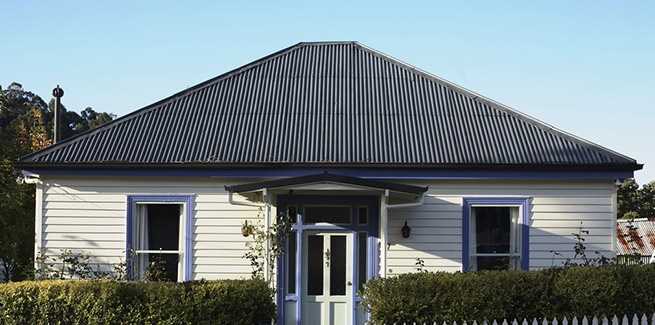A research paper from the University of South Australia has argued that older generations – the Silent Generation and Baby Boomers – hold the lion’s share of housing, blocking their younger Millennial counterparts from entering the market.
Over three census periods (2006, 2011 and 2016), researchers found that 80 per cent of older generations were long-standing homeowners compared with around 50 per cent of Millennials.
The majority (68 per cent) of Baby Boomers (born between 1946 and 1964) owned their own home by age 30 to 34, compared with 50 per cent of Millennials (born between 1981 and 2001) at the same age.
Home ownership rates for 35 to 44-year-olds had fallen from 73 per cent in 1994-95 to 62 per cent in 2011-12, while for the 25-34 age growth, it diminished from 54 per cent to 42 per cent over the same period.
Within cities such as Canberra, Sydney, Brisbane and Darwin, renting has become the primary housing tenure for Millennials.
In Sydney in particular, Millennials took a greater percentage of apartments, with increased investment-led development in the NSW capital.
The situation has been exacerbated by soaring house prices, the paper argued, as Domain data showed that home buyers paid a national average of $1 million for property over 2021 (up by 25 per cent year on year).
The paper also explored Adelaide as a case study, noting that in the five years to 2021, 27.7 per cent of houses in the city had sold. But over the 33-year period to 2017, 14.8 per cent of houses had not gone to market.
The properties held for longer periods were typically on larger sizes, with smaller and older buildings – which the report noted could represent an opportunity for redevelopment or densification.
Houses held for longer periods, particularly with plot sizes over 550 square metres, reinforce the “lock-out argument and exclusion from the market of substantial sites with major development potential”.
“The analysis of residential sales in Adelaide shows how a significant portion of the house stock can get locked out of the market as households in the Silent Generation and Baby Boomers age in place,” the paper said.
“While encouraged by government policy to do so, in many instances a personal preference by householders, the analysis shows that a significant share of the housing stock that possesses considerable development potential due to its lot size is essentially excluded from the market.”
Lead researcher and University of South Australia senior lecturer in property Braam Lowies commented the research had also highlighted how government policies that favoured one generation could hinder another.
Locked out stock and the surging value of the housing asset are both “major constraints” for younger people’s location and housing choice, the paper said.
“Australia has an ageing population, the majority of whom report a desire to ‘age in place’ – to live in the community with some independence, rather than in residential care. And with growing support from the government – such as home support programs and home care packages – older people can do this with greater confidence and security,” Dr Lowies said.
“Yet on the other end of the age spectrum, Millennials are finding themselves locked-out of the market as the Silent Generation and Baby Boomers retain a significant portion of the housing stock, much of which has considerable value and development potential due to its lot size and location.”
As such, the report noted Australian housing policy is “inherently politically and institutionally biased in favour of retaining the status quo of rising house prices to benefit capital gains, rather than dealing with the root causes of housing affordability”.
It pointed to negative gearing as an example of a tax break incentive that favoured investors over low-income renters.
Dr Lowies argued that Millennials are limited in their housing options, which has created “severe housing tenure inequalities”.
“The consequence is that younger people are frequently compelled to revert to the parental home or the rental market – and this is despite government grants to support first home buyers,” he said.
University of South Australia senior lecturer Peter Rossini meanwhile said more nuanced housing policies are needed to address intergenerational differences.
“With more than 15 per cent of the population (3.7 million) aged over 65, and estimations that this will grow to 22 per cent (8.7 million) by 2056, the conundrum of one generation impeding another is not going away any time soon,” he said.
“Having bipolar housing scenarios across generations is a demonstration of how the current system is unbalanced. It’s an unsustainable position and one that requires a review of current housing policy to deliver more refined and considered outcomes for all.”
[Related: House prices to peak in mid-2022: CBA]
 ;
;
